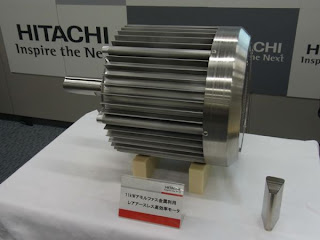Due to lack of alternative strategic mineral sources, susceptibility to supply chain vulnerabilities likely to persist in next 3-5 years:
The biggest risk the US faces is likely supply chain vulnerabilities:
- US imports 80 percent of all strategic minerals.
- US imports 28.4 percent of strategic minerals from China.
- Strategic minerals highly likely to remain essential for key industries, including defense, electronics and energy.
- National mining likely presents opportunity to reduce import dependence.
- One US company currently pursuing strategic mineral mining in the Arctic.
- Legislation to quicken mine opening unlikely to pass Congress.
Arctic likely opportunity to reduce dependence:
- US abuts Arctic region, allowing for undisputed access to resources.
- US federal government issued call to explore Arctic region for strategic minerals.
- China is likely to continue expanding its mining operations outside its mainland to include Africa and the Arctic.
- Greenland, with growing access due to ice shelf melt, is likely an opportunity for domestic mining; however, little is being pursued presently.
Law enforcement highly likely most at risk:
- Dependent on businesses and federal government for critical supplies, making its supply chain likely at high risk for potential disruptions.
- State-by-state legislation likely impedes proactive, unified response to supply chain risk.
- Metal theft likely to remain top strategic mineral priority for law enforcement.
About This Document:
The eleven students of the Collaborative Intelligence class assembled this document. Students researched and analyzed findings over the 2012 autumn term at Mercyhurst University. The class split into three teams with each team responsible for a specific topic. Four students were assigned to research national security issues, four were assigned to research business issues, and three students were assigned to research law enforcement issues. All three teams were tasked to answer the following question: “What are the likely US national security, business and law enforcement implications over the next 3-5 years of trends in critical or strategic minerals?” Teams collaborated to establish definitions and create a list of “critical strategic minerals.”
This report identifies the following as critical and strategic minerals for US national security, businesses, and law enforcement:
- Antimony
- Aragonite
- Arsenic (trioxide)
- Asbestos
- Barite
- Bismuth
- Calcite
- Cesium
- Chalcocite
- Chalcopyrite
- Chromium
- Cobalt
- Copper
- Gallium
- Germanium
- Gold
- Indium
- Iodine
- Lithium
- Magnesium metal
- Manganese
- Nickel
- Niobium
- Nitrogen (fixed),
- ammonia
- Peat
- Perlite
- Phosphate rock
- Platinum-group metals
- Potash
- Quartz crystal
- (industrial)
- Rare earth elements
- Rhenium
- Rubidium
- Scrap
- Selenium
- Strontium
- Tantalum
- Tellurium
- Thallium
- Thorium
- Tungsten
- Vanadium
Overall analytic confidence is moderate. All groups agreed on moderate analytic confidence for each set of group findings. Source reliability varied from medium to high, and sources could be successfully corroborated.
This book is a summary of a ten-week graduate class examining strategic mineral use and implications for US business, national security, and law enforcement. The project is the culmination of the research, along with the estimative findings, of the 11 second-year Intelligence Studies, Collaborative Intelligence (INTL 650) class in the Fall, 2012. It can be viewed and/or downloaded as a PDF from the link below. Scarce Strategic Mineral Alternatives Likely To Leave US Supply Chain At Risk Over Next 3-5 Years















